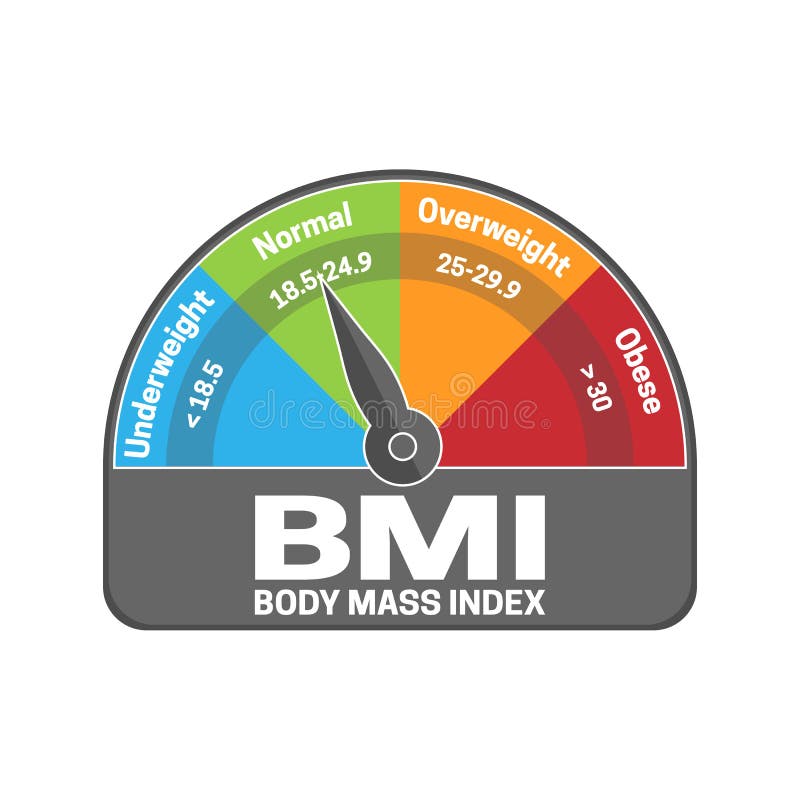

There has been a growing interest in finding less costly and burdensome alternatives to 24-h urine collection, such as spot urine samples. In addition some dietary sodium derives from sources other than salt. However, this method is troublesome, time-consuming, costly to participants due to the complex nature of urine sample collection and may miss sodium excreted through non-urinary routes. The standard approach to measuring the mean salt intake of a population has been the collection of 24-h urine samples on a subset of individuals. ĭietary assessment surveys and nutrition database methods for the estimation of salt intake often underestimate sodium intake for a number of reasons.

However, to achieve these objectives accurate measurement of salt intake is essential for setting targeted goals and plans for salt reduction strategies. Nepal has incorporated a 5-year multisectoral action plan for prevention and control of NCDs (2014–2020) that includes these salt intake targets. A 30% relative reduction in mean population intake of salt/sodium by 2025, relative to 2010 levels, under the WHO global action plan, is seen as one of the single most effective public health strategies to reduce the burden of NCDs worldwide. In light of the health burden arising from excess salt intake, the WHO recommends consuming less than 2 grams of sodium, or 5 grams of salt per day, for adults. This is concerning, in particular as hypertension and CVDs have been found to place a large economic burden, arising from increasing health-care costs, lowering workplace productivity, increasing sick days, and inflicting permanent disability, on the country. The 2019 World Health Organization (WHO) STEPwise approach to surveillance of non-communicable disease risk factor (STEPS) survey reported almost 24.5% of the Nepalese population had raised blood pressure. The population prevalence of NCDs in Nepal has been found to be high, with 11.7% suffering from COPD (11.7%), diabetes mellites (8.5%), chronic kidney disease (6%) and coronary artery diseases (3%). In Nepal, NCDs are estimated to cause 60% of total mortality, with CVDs contributing 22% of all recorded deaths. It is concerning therefore, that populations around the world are consuming excessive amounts of salt, with an estimated global mean salt intake of around 9 to 12g/day in several nations, and high mean intakes in regions such as Asia, that have been linked to detrimental health impacts. In addition to hypertension, there is also evidence of associations between excessive salt consumption and other CVD risk factors including obesity, diabetes and hypercholesteremia, as well as other health issues such as osteoporosis, cataracts, kidney stones, and gastric cancer, making it a major public health problem. However, despite being a major source of sodium, high dietary salt intake is associated with high blood pressure, which is recognized as a risk factor for non-communicable diseases (NCDs), in particular cardiovascular diseases (CVDs), including heart attack and stroke. Sodium is the principal cation in extracellular fluid in the body and is an essential nutrient necessary for normal cell function and neurotransmission.


 0 kommentar(er)
0 kommentar(er)
